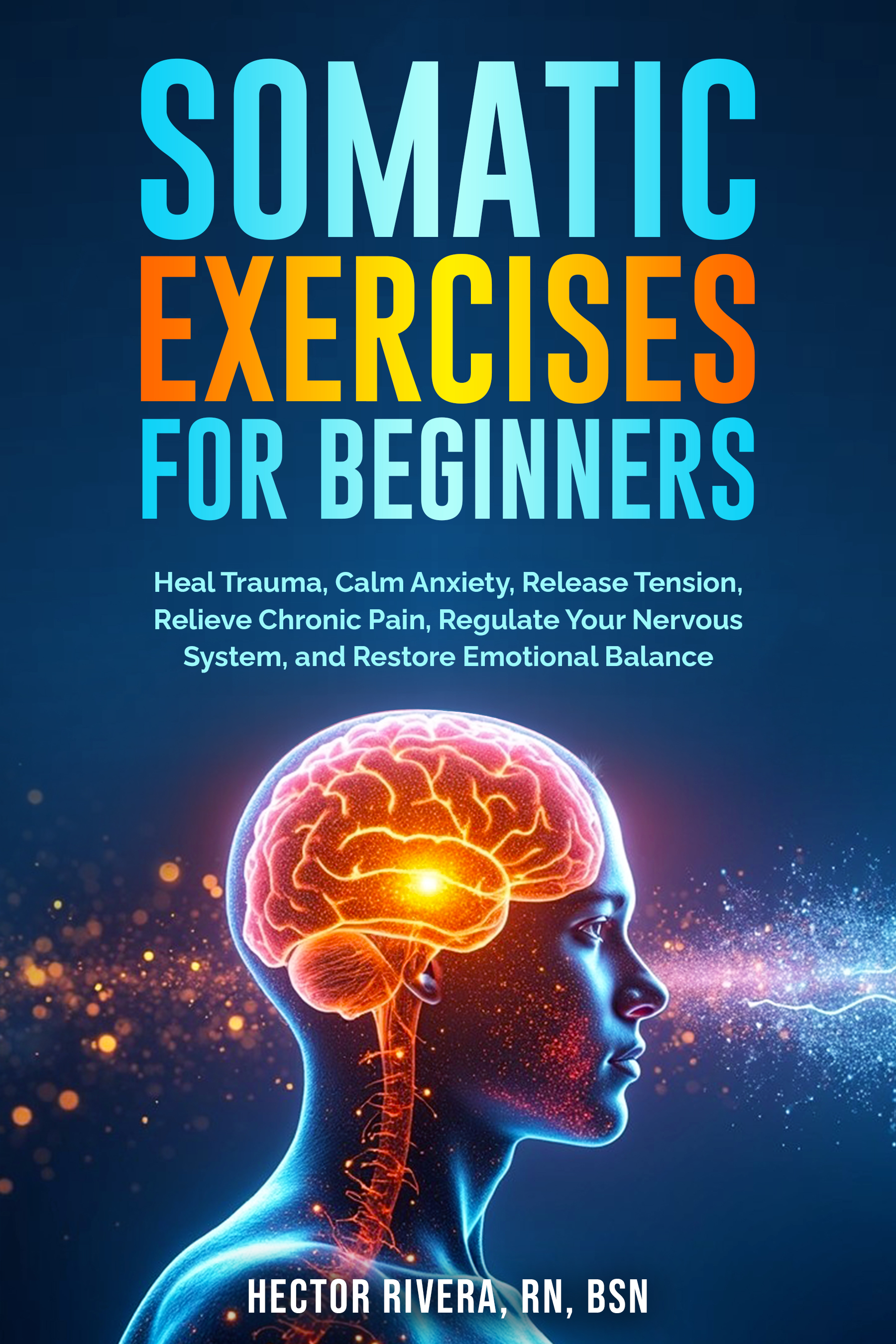What Is Somatic Awareness?

What Is Somatic Awareness Understanding and Why It Matters
When people ask "What Is somatic awareness?", they’re really asking how to reconnect with their body in a world that constantly pulls them into their heads. Somatic awareness is the ability to notice what’s happening in your body—your breath, posture, sensations, and energy shifts—in real time. It’s not about analyzing or labeling what you feel, but instead paying attention and allowing your body’s signals to guide you toward steadiness and balance.
The Body as Messenger
Your body speaks through tension, warmth, restlessness, and calm. These signals often show up before your mind even has a chance to process what’s happening. A racing heart might signal fear, a heavy chest could reflect grief, or tingling in the hands might show excitement. Developing somatic awareness means creating space to listen rather than rushing past these cues.
When you tune in this way, you start noticing patterns: how stress settles in your shoulders, how your breath changes when you feel anxious, or how your stomach tightens when you ignore your limits. These small details give you clues about what you need—whether that’s rest, movement, connection, or simply a pause.
Why It Matters for Stress and Healing
Modern life often trains us to override our bodies. We push through fatigue with caffeine, bury emotions under distraction, and ignore aches until they demand attention. Over time, this disconnect builds layers of tension that affect both physical and emotional health.
Somatic awareness helps break this cycle. When you reconnect with your body, you restore the dialogue between sensation and response. This dialogue allows the nervous system to shift out of constant survival mode and into a more balanced state. Instead of reacting automatically, you can respond with choice—slowing down, adjusting your posture, or grounding through breath.
Everyday Benefits
Somatic awareness goes beyond therapy sessions or yoga classes. It’s something you can carry into daily life. In the middle of a tough conversation, you might pause and notice your jaw clenching, then soften it. During a busy workday, you may find yourself shallow-breathing and consciously let it deepen. These minor adjustments alter how you approach challenges and foster long-term resilience.
People often report feeling more present, less reactive, and better able to manage anxiety once they build this habit. Over time, it reshapes your relationship with yourself—you become less of a critic and more of a compassionate observer of your own body’s needs.
How to Practice Somatic Awareness
Like any skill, somatic awareness grows with practice. You don’t need special equipment or long blocks of time—just curiosity and consistency. The following five exercises are simple ways to start.

1. Grounded Breathing
Sit comfortably with your feet flat. Place one hand on your chest and the other on your belly. Notice where your breath naturally flows. Without forcing, invite your breath to expand gently into your lower hand. Stay with this rhythm for a few minutes, tracking the rise and fall.
2. Body Scan Check-In
Close your eyes and gently scan your body from head to toe. Notice spots of warmth, coolness, tension, or ease. Instead of trying to change anything, just let yourself acknowledge what’s there. This gentle practice teaches you to notice and welcome the subtle signals your body is sharing.
3. Movement Noticing
Stand up and roll your shoulders, stretch your arms, or stroll across the room. Pay attention to the shifting weight in your feet, the stretch in your muscles, and the sensation of air moving across your skin. Movement highlights where your body has been storing tension.
4. Touch Anchor
Place your hand over your heart, on your thigh, or cup your face. Notice how the warmth and pressure of your own touch feel. Simply taking a moment to connect with your body like this can ease tension, help you feel more grounded, and give you a sense of safety when stress shows up.
5. Sensory Reset
Pick one sense to focus on for a minute—listening to surrounding sounds, noticing textures under your fingers, or observing colors in the room. Anchoring through the senses draws attention back to the present and settles scattered thoughts.
Building Somatic Awareness Into Daily Life
The key isn’t getting it perfect—it’s showing up again and again. Every time you pause to check in, you strengthen the connection between your body and mind. With steady practice over time, these moments add up, giving you a calmer, more grounded way of moving through your days. You’ll notice tension earlier, release it more easily, and feel steadier even when life feels unpredictable.
Somatic awareness is also profoundly personal. For some, breath becomes the main anchor. For others, movement or sensory focus works better. The point is to try different approaches, notice what feels right for you, and keep coming back to it. Over time, you’ll start to see your own patterns more clearly and develop real trust in the signals your body gives you.
Final Thoughts
So, what is Somatic awareness? At its core, it’s about tuning in—catching the gentle changes in your breath, posture, and sensations that quietly influence how you feel and move through the day. It provides practical ways to steady yourself when stress rises, to recognize when your body needs care, and to return to the present instead of getting swept away. With practice, you’re not just paying attention to your body—you’re learning how to feel at home in it, meeting yourself with more ease, compassion, and trust.
Sources
Levine, P. (2010). In an Unspoken Voice: How the Body Releases Trauma and Restores Goodness. North Atlantic Books.
Payne, H., Levine, P., & Crane-Godreau, M. (2015). Somatic experiencing: Using interoception and proprioception as core elements of trauma therapy. Frontiers in Psychology.
Ogden, P., & Fisher, J. (2015). Sensorimotor Psychotherapy: Interventions for Trauma and Attachment. W. W. Norton & Company.
Return to List of Somatic Exercises or Return to the Home Page
Medical Disclaimer: The information on this website is for educational purposes only and is not a substitute for professional medical advice, diagnosis, or treatment. Always consult a qualified healthcare provider with any questions you may have about your health or a medical condition. Never ignore professional medical advice or delay seeking it because of something you have read here.

